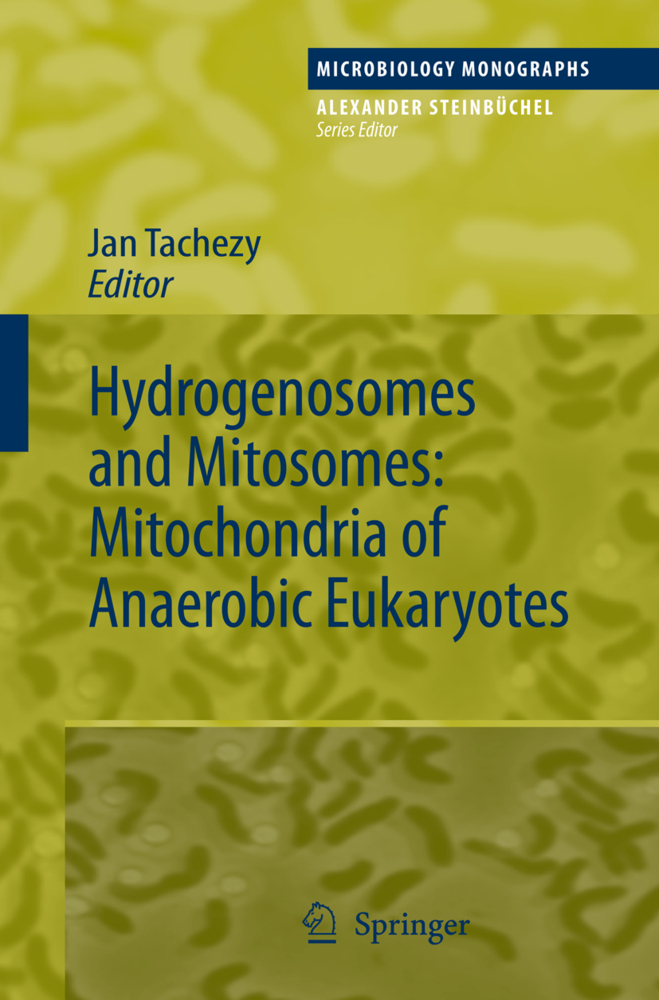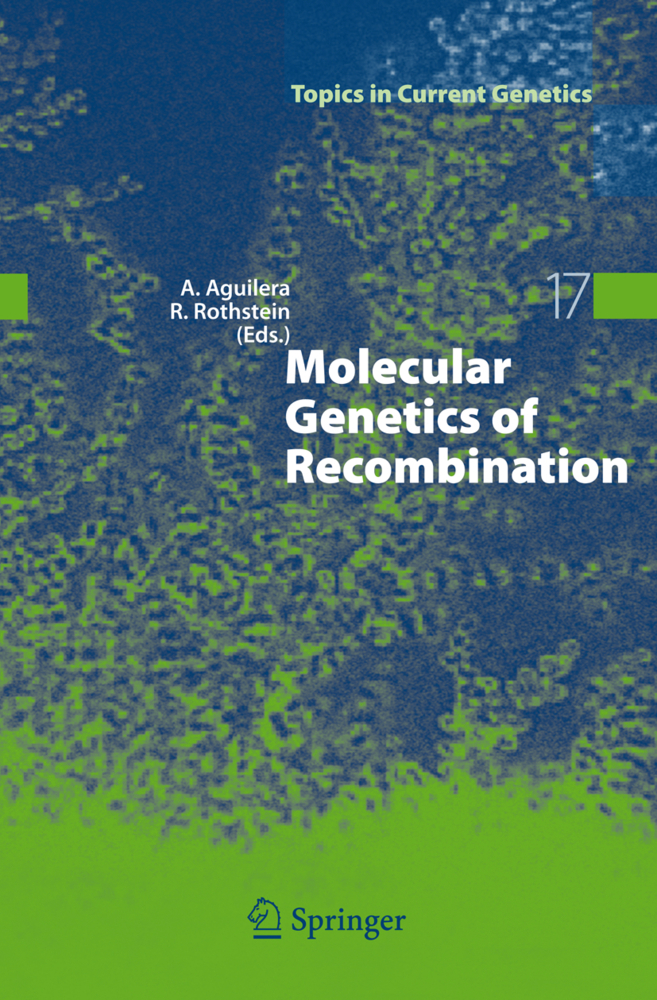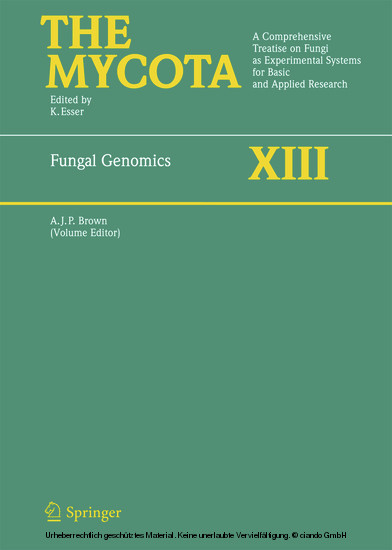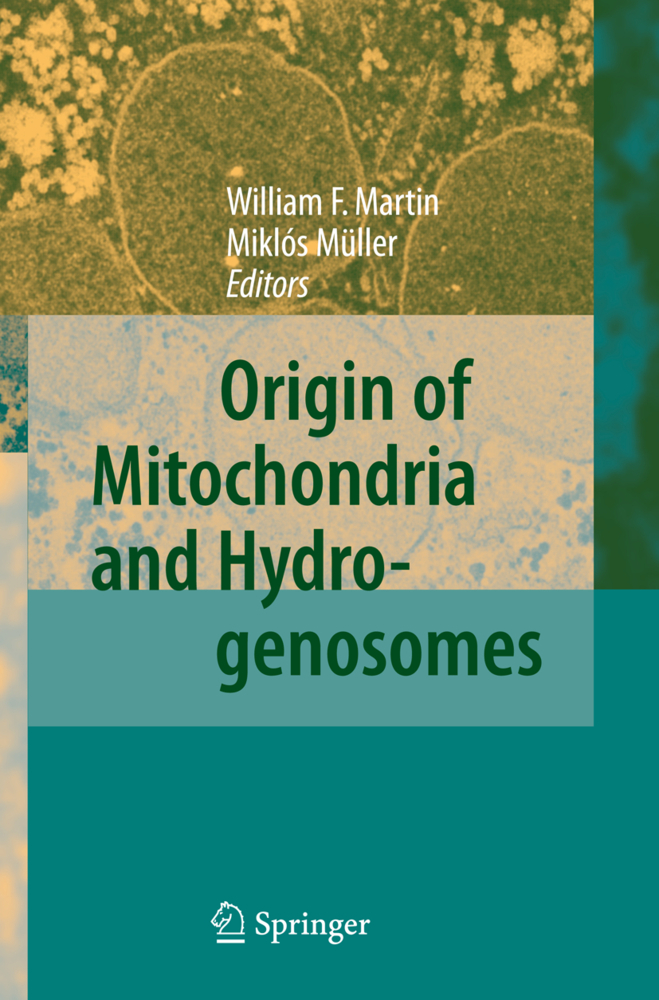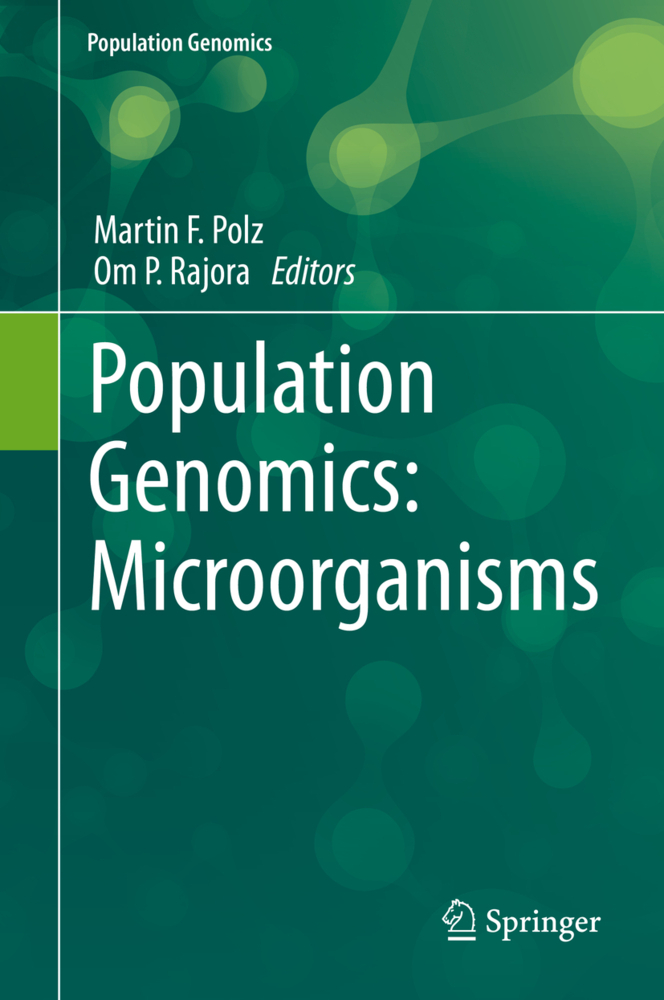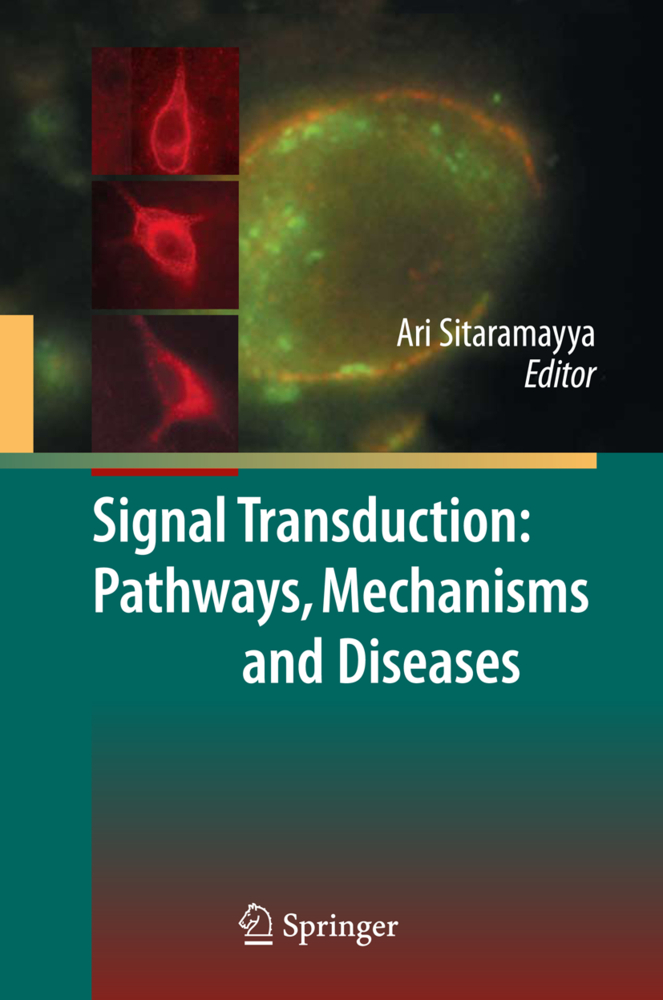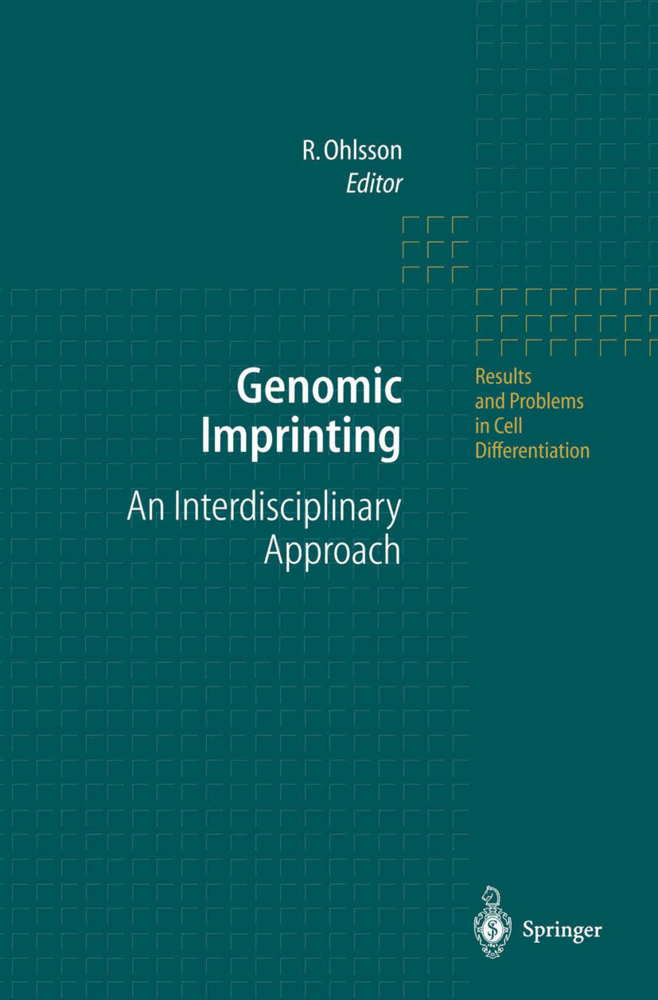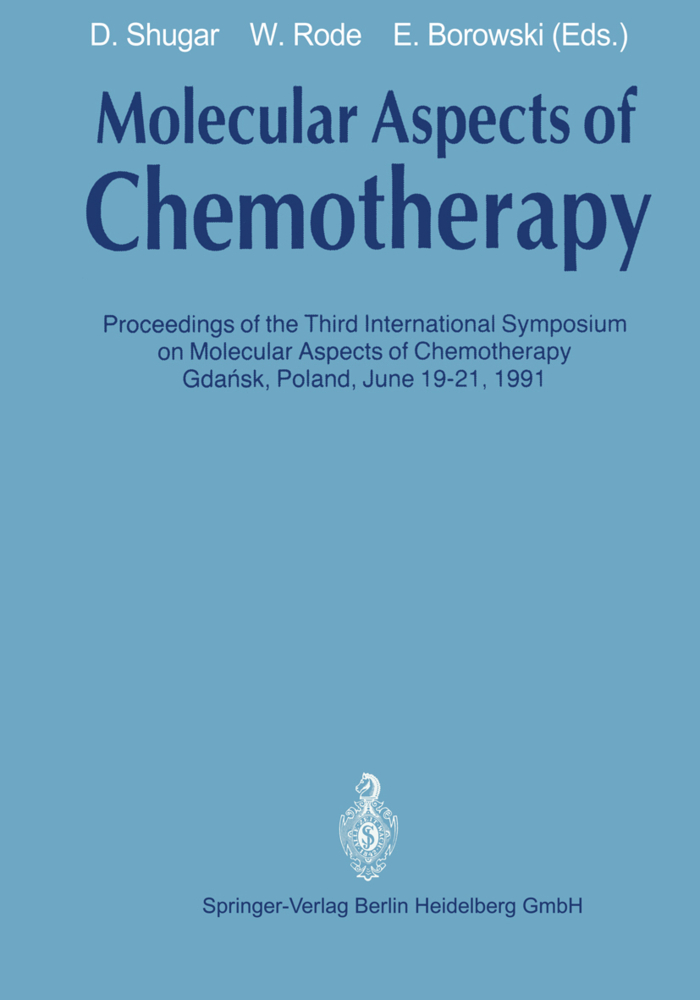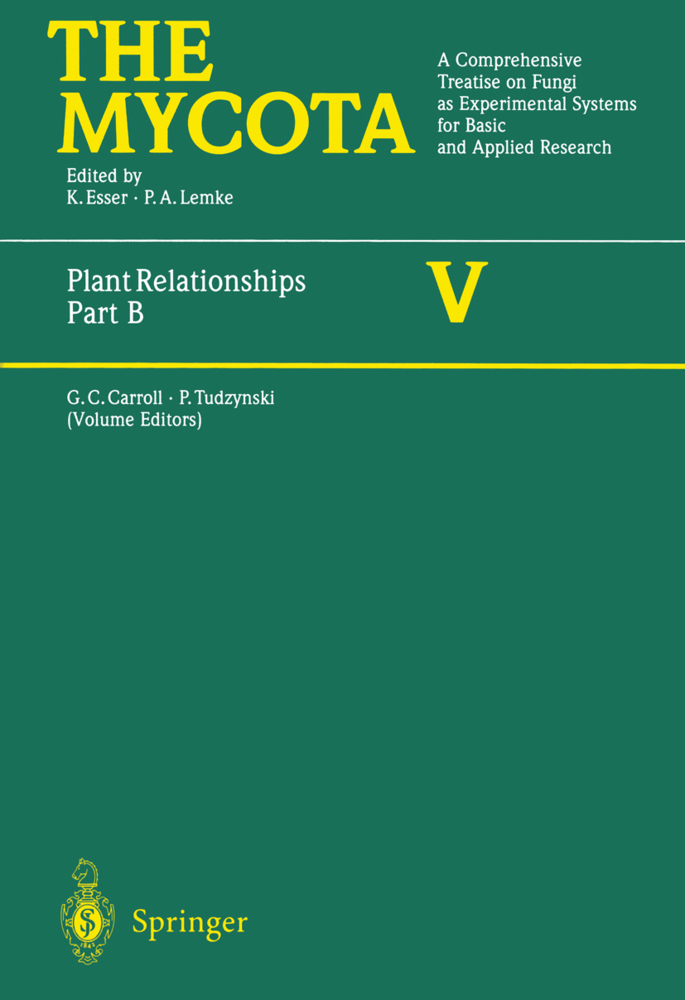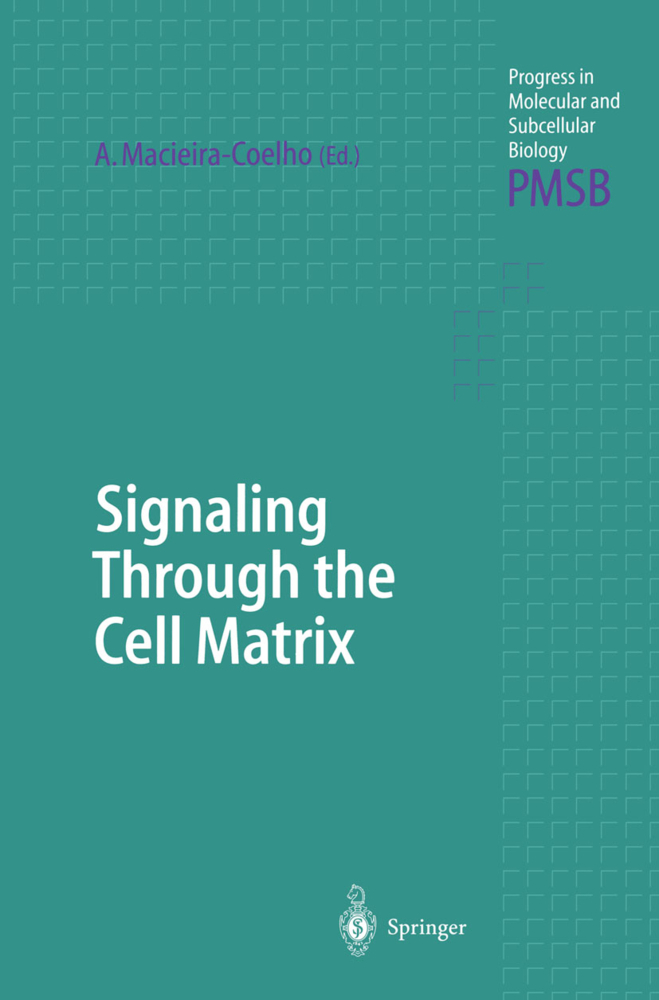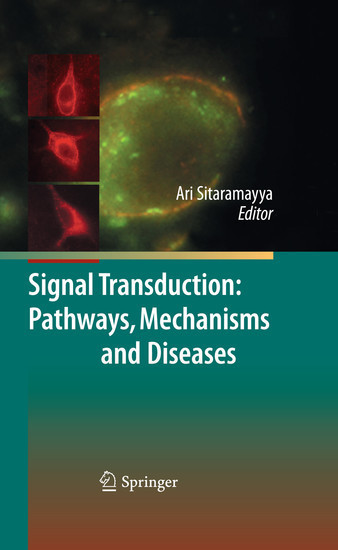Hydrogenosomes and Mitosomes: Mitochondria of Anaerobic Eukaryotes
"Hydrogenosomes and Mitosomes: Mitochondria of Anaerobic Eukaryotes" provides a summary of the current knowledge of these organelles, which occur in unicellular, often parasitic organisms, including human pathogens. The distribution of these organelles is broad, but they were detected primarily in an anoxic habitat or nutrient rich intracellular niche that permits life without the efficient energy generating system of typical mitochondria. Their common characteristic is that they lack the aerobic energy conservation system of typical mitochondria and that they are usually the site of the synthesis of iron-sulfur clusters, regarded as the only indispensable function of eukaryotic mitochondria.
These mitochondria-related organelles exhibit a variety of structures and functions. This work describes properties such as protein import, structure, metabolism, adaptation, proteome and their role in drug activation and resistance. Further topics include the evolution and biogenesisof these organelles.
Anaerobic Eukaryotes in Pursuit of Phylogenetic Normality: the Evolution of Hydrogenosomes and Mitosomes
Protein Import into Hydrogenosomes and MitosomesStructure of the Hydrogenosome
Hydrogenosomes of Anaerobic Ciliates
Metabolism of Trichomonad Hydrogenosomes
Hydrogenosomes of Anaerobic Chytrids: An Alternative Way to Adapt to Anaerobic Environments
The Proteome of T. vaginalis Hydrogenosomes
Hydrogenosome: The Site of 5-Nitroimidazole Activation and Resistance
Mitosomes in Parasitic Protists
The Mitochondrion-Related Organelle of Cryptosporidium parvum
Mitochondrial Remnant in Blastocystis
Possible Mitochondria-Related Organelles in Poorly-Studied "Amitochondriate" Eukaryotes.
Tachezy, Jan
| ISBN | 978-3-540-76732-9 |
|---|---|
| Artikelnummer | 9783540767329 |
| Medientyp | Buch |
| Copyrightjahr | 2008 |
| Verlag | Springer, Berlin |
| Umfang | XII, 287 Seiten |
| Abbildungen | XII, 287 p. |
| Sprache | Englisch |

